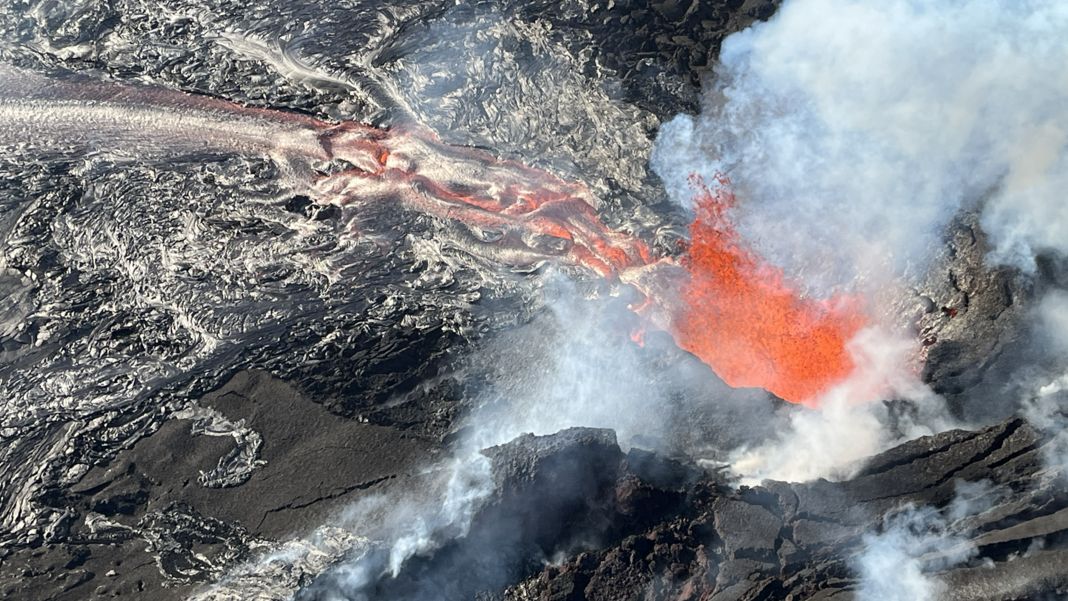U.S. Sen. Brian Schatz, D-Hawaii, teamed with Sen. Tim Sheehy, R-Montana, last week to introduce new legislation that would promote the use of artificial intelligence to better predict and respond to extreme weather and protect communities from worsening wildfires, hurricanes, floods and other disasters.
“Extreme weather events are becoming more frequent, more severe and more deadly, and AI can be a powerful tool in saving lives and livelihoods,” said Schatz, a senior member of the Senate Committee on Commerce, Science and Transportation. “Our bill will harness AI’s immense processing and prediction capabilities to improve weather forecasts and help communities better prepare for and respond more quickly to extreme weather events.”
Under the so-called Transformational Artificial intelligence to Modernize the Economy (TAME) against Extreme Weather and Wildfires Act, the National Oceanic and Atmospheric Administration would be directed to:
- Develop a U.S. global weather dataset to train AI forecasting models;
- Partner with the private and academic sectors on AI weather and wildfire forecasting, and innovate new AI weather and wildfire products and applications; and
- Support the integration of AI weather models into public forecasts.
In 2023, the United States experienced a record 28 disasters that caused nearly 500 deaths and cost at least $1 billion in damages each. Currently, AI weather models are dependent on a dataset created and maintained by the European Centre for Medium-Range Weather Forecasts. The bill would require the development of a U.S. weather dataset.
The bill includes appropriations of $311 million for Fiscal Year 2026 and $76 million in each of the subsequent four fiscal years.
Sheehy said integrating artificial intelligence into forecasts and response operations would be a long-overdue modernization of the existing system.
“Extreme weather and wildfires cost us hundreds of billions of dollars in economic impact and harm countless Americans each year, yet our government response — particularly to wildfire — hasn’t changed in decades,” Sheehy said. “By incorporating leading-edge artificial intelligence into our forecasting and disaster threat prediction modeling, we will have the ability to know where, how big, and how bad weather is going to be, and can take preventative measures long before the impact is realized. Now is the time for transformational innovation and leadership to prevent future tragedies and protect American families, homes, and communities from disaster quickly and effectively.”
A companion bill was introduced in the U.S. House of Representatives by Rep. Scott Franklin, R-Fla.
Michael Tsai covers local and state politics for Spectrum News Hawaii. He can be reached at michael.tsai@charter.com.












